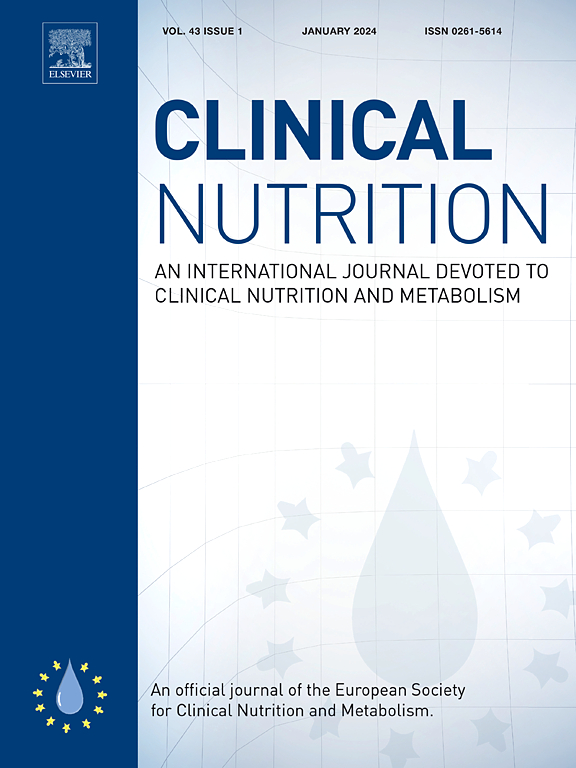硬脂酸在人体健康和疾病代谢中的作用。
IF 6.6
2区 医学
Q1 NUTRITION & DIETETICS
引用次数: 0
摘要
硬脂酸以希腊语“坚硬的脂肪”命名,逐渐进入人们的视野。硬脂酸作为多种生理细胞功能的重要组成部分,在能量代谢和信号转导的多个方面发挥调节作用。它的应用范围从作为身体能量来源到参与内源性生物合成。与棕榈酸类似,硬脂酸作为硬脂酰辅酶a去饱和酶的主要底物,催化硬脂酸转化为油酸,并参与甘油三酯和其他复杂脂质的合成。此外,硬脂酸在心血管疾病、糖尿病、肝损伤甚至神经系统疾病等病理过程中作为重要的信号分子发挥作用。因此,我们对硬脂酸进行全面的综述,总结其在各种疾病中的作用,并试图对其稳态、生理功能和病理过程进行系统的概述。从医学的角度来看,我们也探索了硬脂酸作为治疗人类疾病的潜在治疗靶点的潜在应用和讨论。本文章由计算机程序翻译,如有差异,请以英文原文为准。
Stearic acid metabolism in human health and disease
Named after the Greek term for “hard fat”, stearic acid has gradually entered people's field of vision. As an important component of various physiological cellular functions, stearic acid plays a regulatory role in diverse aspects of energy metabolism and signal transduction. Its applications range from serving as a bodily energy source to participating in endogenous biosynthesis. Similar to palmitate, stearic acid serves as a primary substrate for the stearoyl coenzyme A desaturase, which catalyzes the conversion of stearate to oleate and is involved in the synthesis of triglyceride and other complex lipids. Additionally, stearic acid functions as a vital signaling molecule in pathological processes such as cardiovascular diseases, diabetes development, liver injury and even nervous system disorders. Therefore, we conduct a comprehensive review of stearic acid, summarizing its role in various diseases and attempting to provide a systematic overview of its homeostasis, physiological functions, and pathological process. From a medical standpoint, we also explore potential applications and discuss stearic acid as a potential therapeutic target for the treatment of human diseases.
求助全文
通过发布文献求助,成功后即可免费获取论文全文。
去求助
来源期刊

Clinical nutrition
医学-营养学
CiteScore
14.10
自引率
6.30%
发文量
356
审稿时长
28 days
期刊介绍:
Clinical Nutrition, the official journal of ESPEN, The European Society for Clinical Nutrition and Metabolism, is an international journal providing essential scientific information on nutritional and metabolic care and the relationship between nutrition and disease both in the setting of basic science and clinical practice. Published bi-monthly, each issue combines original articles and reviews providing an invaluable reference for any specialist concerned with these fields.
 求助内容:
求助内容: 应助结果提醒方式:
应助结果提醒方式:


